Κείμενο
Ένα πιο χαρακτηριστικά και εμβληματικά κτίρια στον κόσμο είναι η όπερα του Σίδνεϊ. Σίγουρα έχετε ξαναδεί αυτό το καταπληκτικό κτίριο που ανάμεσα στα πολλά ενδιαφέροντα πράγματα που έχει είναι και το κόστος κατασκευής του. Όταν συμφωνήθηκε να χτιστεί αυτό το εμβληματικό κτίριο είχε εκτιμηθεί από μηχανικούς, ειδικούς επαγγελματίες του χώρου, τονίζω, ανθρώπους που κάνουν αυτή τη δουλειά όλη τους τη ζωή, ότι το κόστος της κατασκευής θα ήταν 7 εκατομμύρια δολάρια. Όταν ολοκληρώθηκαν οι εργασίες το κόστος είχε ανέλθει στα 102 εκατομμύρια. Το κόστος κατασκευής ήταν 15 φορές υψηλότερο από την αρχική εκτίμηση. Και αυτό δεν προήλθε γιατί ήθελα να κάνουν κάτι πιο ταπεινό στην αρχή, και στην πορεία είπαν ότι λεφτά έχουμε θα κάνουμε κάτι πιο εντυπωσιακό. Είχε να κάνει μόνο με έναν μηχανισμό που κουβαλάμε όλοι στο μυαλό μας: τη πλάνη του προγραμματισμού. Αν είχατε ποτέ την αβάσταχτη εμπειρία να αναλάβετε να κάνετε κάποια ανακαίνιση κάποιου διαμερίσματος ή ακόμα και την κατασκευή του, σίγουρα θα έχετε αντιμετωπίσει αυτό το πρόβλημα πολλές φορές. Σίγουρα κάποιο συνεργείο θα σας έχει προτείνει μία τιμή η οποία ήταν πάρα πολύ διαφορετική από την τελική. Ή συχνά η παράδοση καθυστέρησε πολύ περισσότερο από αυτή που είχε συμφωνηθεί στην αρχή. Φαντάζομαι ότι δεν ακούτε κάτι καινούργιο. Αν έχετε χρειαστεί να κάνετε κάποια κατασκευή ή ανακαίνιση, είναι δυνατόν να μην έχετε παρατηρήσει ότι ο χρόνος και τα χρήματα που χρειάστηκαν τελικά ήταν πολύ διαφορετικά από αυτά που είχατε υπολογίσει εσείς στην αρχή, ή ακόμα και από αυτά που σας είπε αυτός που το ανέλαβε. Φαντάζομαι ότι πολλοί από σας σκεφτήκατε ότι ο τεχνικός σας ζήτησε μικρότερη αμοιβή αρχικά ή σας υποσχέθηκε συντομότερο χρόνο παράδοσης για να δώσετε την δουλειά σε αυτόν. Μη βιαστείτε να τον καταδικάσετε ακόμα. Πρόκειται και εδώ για την πλάνη του προγραμματισμού. Και αυτή η πλάνη μας στοιχειώνει όλους. Και εσάς και εμένα. Κάθε φορά που μου δίνει η γραμματέας μου μου δίνει μία λίστα με πέντε-έξι τηλέφωνα να καλέσω για απορίες, η

γραμματέας πάντα με ρωτάει: “πόση ώρα θα σου πάρει;” Η απάντηση είναι η αναμενόμενη, “10 λεπτά”. Ποτέ δεν συμβαίνει αυτό. Ο χρόνος είναι πάντα πολύ περισσότερος. Όλοι μας όμως έχουμε την τάση να υποτιμούμε τα πιθανά προβλήματα που μπορεί να προκύψουν, και να υπερεκτιμούμε τις ικανότητές μας να ολοκληρώσουμε τη δουλειά στην ώρα μας. Κάνουμε ένα σχέδιο, ένα πλάνο, αλλά στην πραγματικότητα η διαδρομή αποδεικνύεται πιο πολύπλοκη από αυτήν που υπολογίζαμε. Προκύπτουν προβλήματα που μπορούμε να φανταστούμε, αλλά ελπίζουμε να μη συμβούν. Προετοιμαζόμαστε καμιά φορά νοητικά για τις δυσκολίες, αλλά δεν τις βάζουμε στον υπολογισμό. Αυτό έχει σαν αποτέλεσμα αυτό που νομίζουμε ότι θα συμβεί να είναι πολύ διαφορετικό από αυτό που συμβαίνει τελικά. Τι σχέση έχει όμως αυτό με τη διατροφή; Καθημερινά στα δύο κέντρα ιατρικής διατροφολογίας που ηγούμαι, εγώ και η ομάδα μου δεχόμαστε δεκάδες ασθενείς με κύριο αίτημα μία καλύτερη διατροφή. Σε αυτό το πρώτο ραντεβού προσπαθούμε ξανά και ξανά να τονίσουμε τις ενδεχόμενες δυσκολίες. Τι θα συμβεί όταν κάποιος πρέπει να φάει έξω; Τι θα συμβεί όταν κάποιος φέρει γλυκά στο σπίτι; Τι θα συμβεί όταν ξανά και ξανά ο σύντροφός μας παραγγέλνει σουβλάκια και πίτσες για βραδινό; Οι απαντήσεις και οι λύσεις που ακούμε μέσα στο ιατρείο είναι πολύ εύκολες, αλλά η πραγματικότητα είναι πολύ πιο δύσκολη. Το μυστικό για να αντιμετωπίσετε τη πλάνη του προγραμματισμού δεν είναι να ρωτήσετε τι θα συμβεί όταν θα φέρει κάποιος γλυκά στο σπίτι. Είναι να ρωτήσετε τι έγινε όλες τις προηγούμενες φορές που έφερε κάποιος γλυκά στο σπίτι. Αν η απάντηση είναι ότι τις περισσότερες φορές φάγατε μεγάλη ποσότητα από αυτά τα γλυκά, υπολογίστε αυτή ως πιο πιθανή έκβαση. Μην θεωρήσετε ως αυτονόητο ότι αυτή τη φορά θα είναι διαφορετικά. Εκτός αν μπορείτε να ακολουθήσετε μία διαφορετική τακτική. Υπάρχει όμως; Σκεφτείτε το. Ευχαριστώ πολύ.



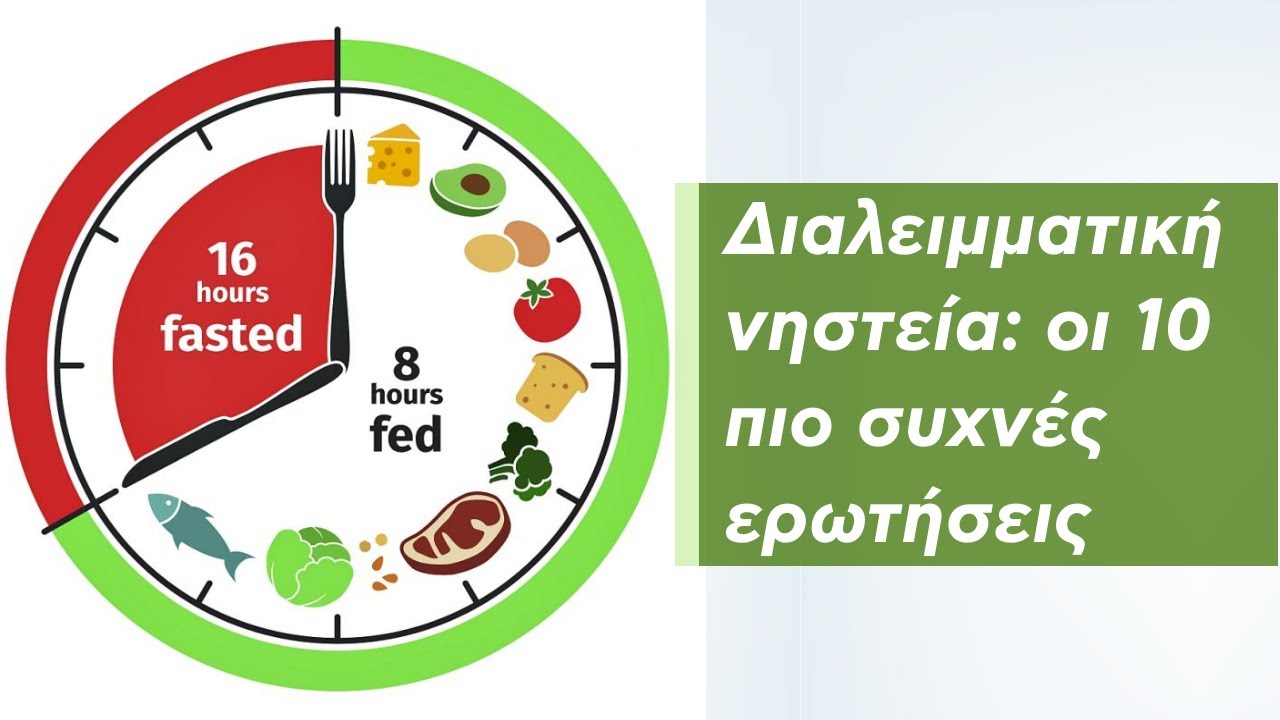







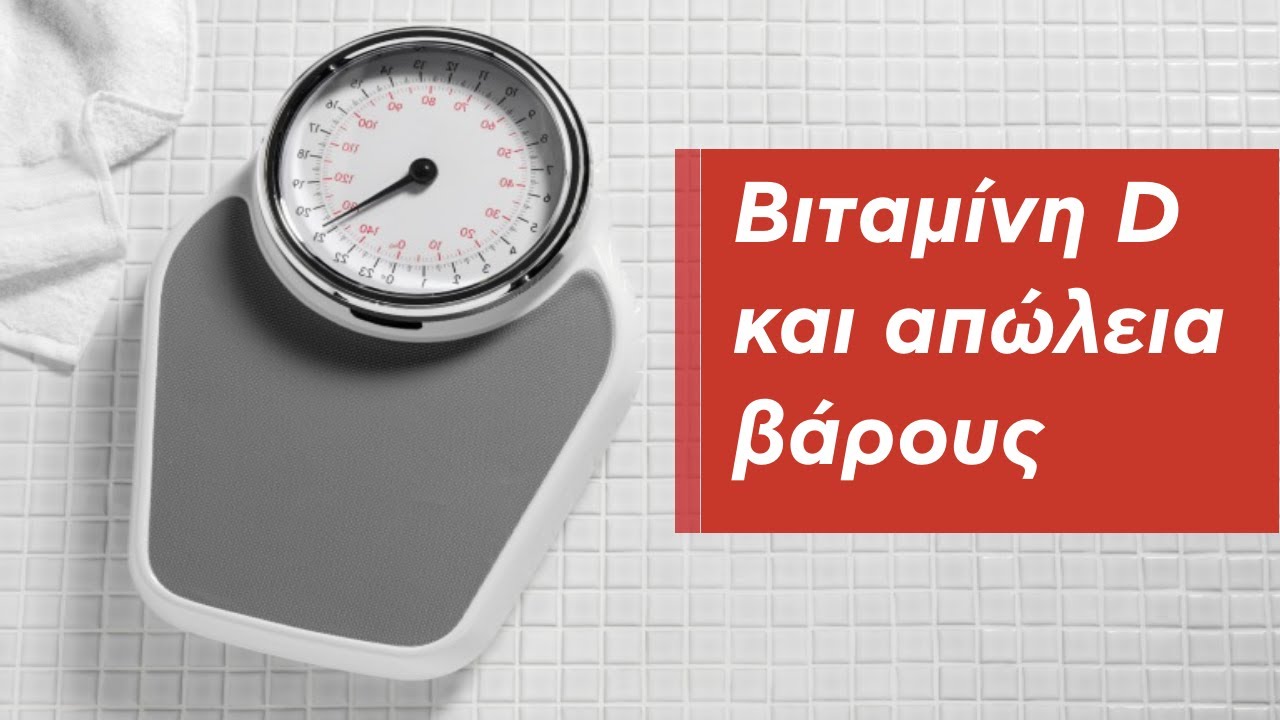





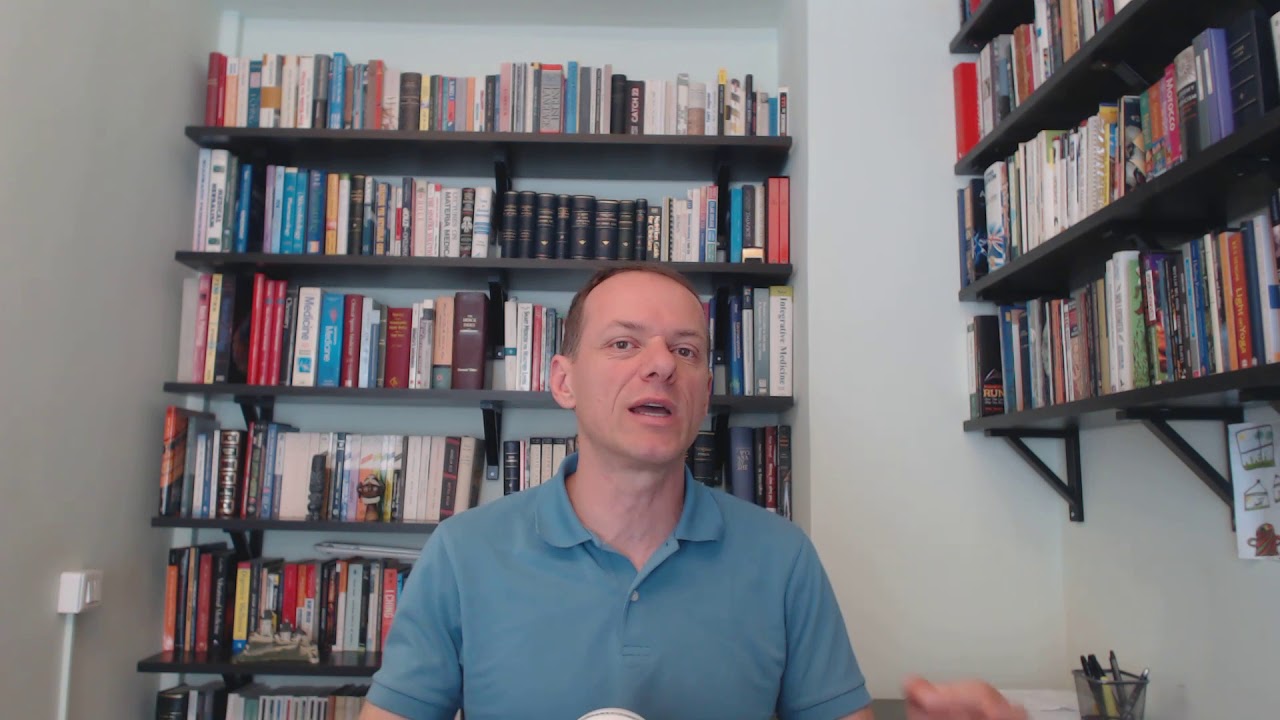


















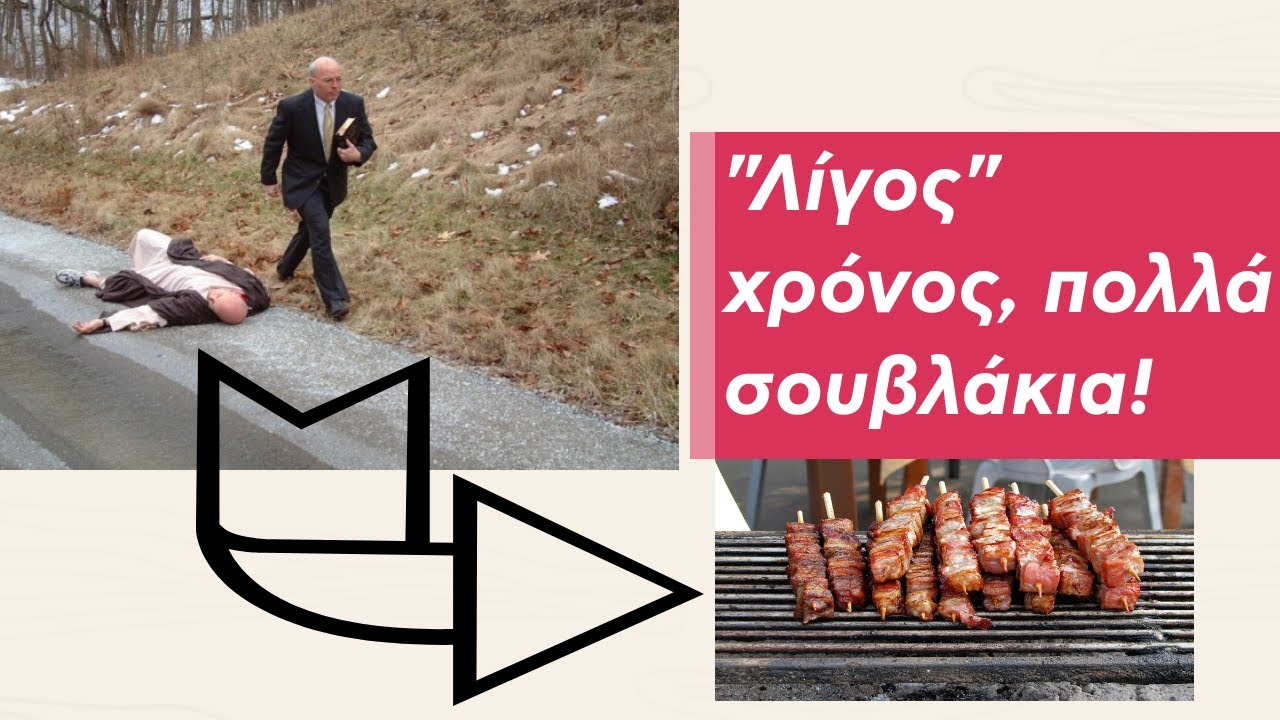

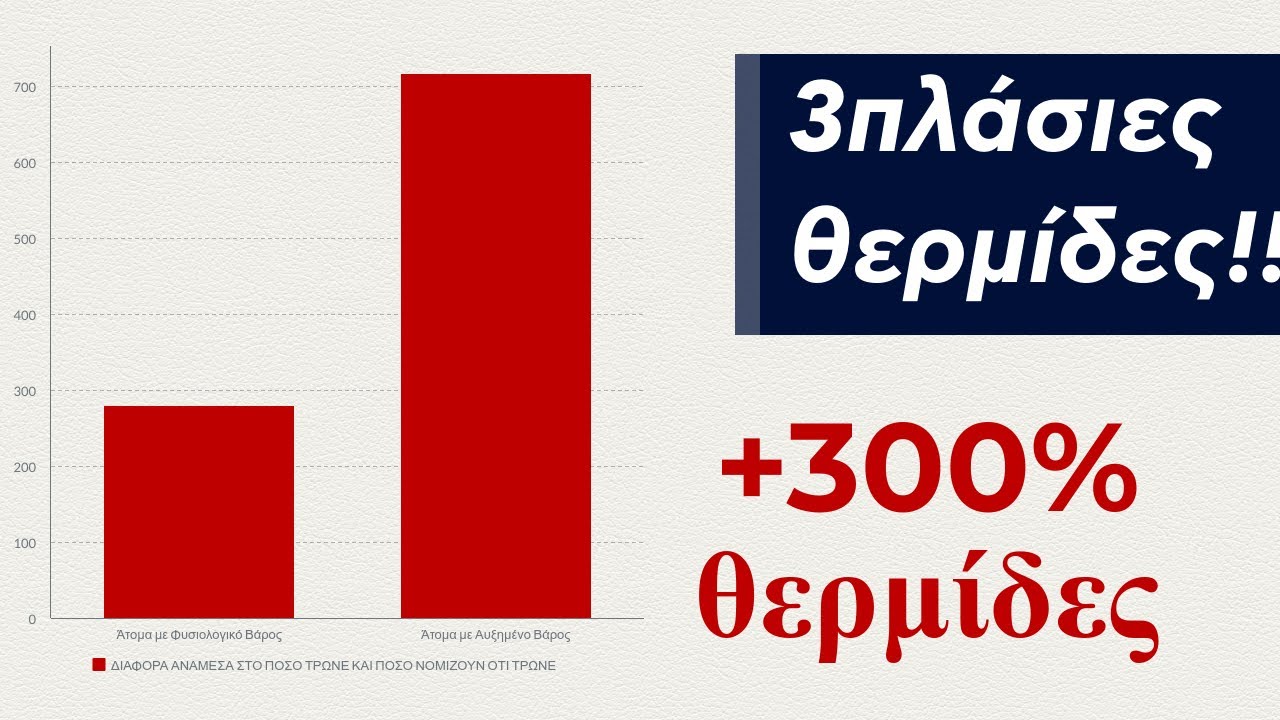






























0 Σχόλια